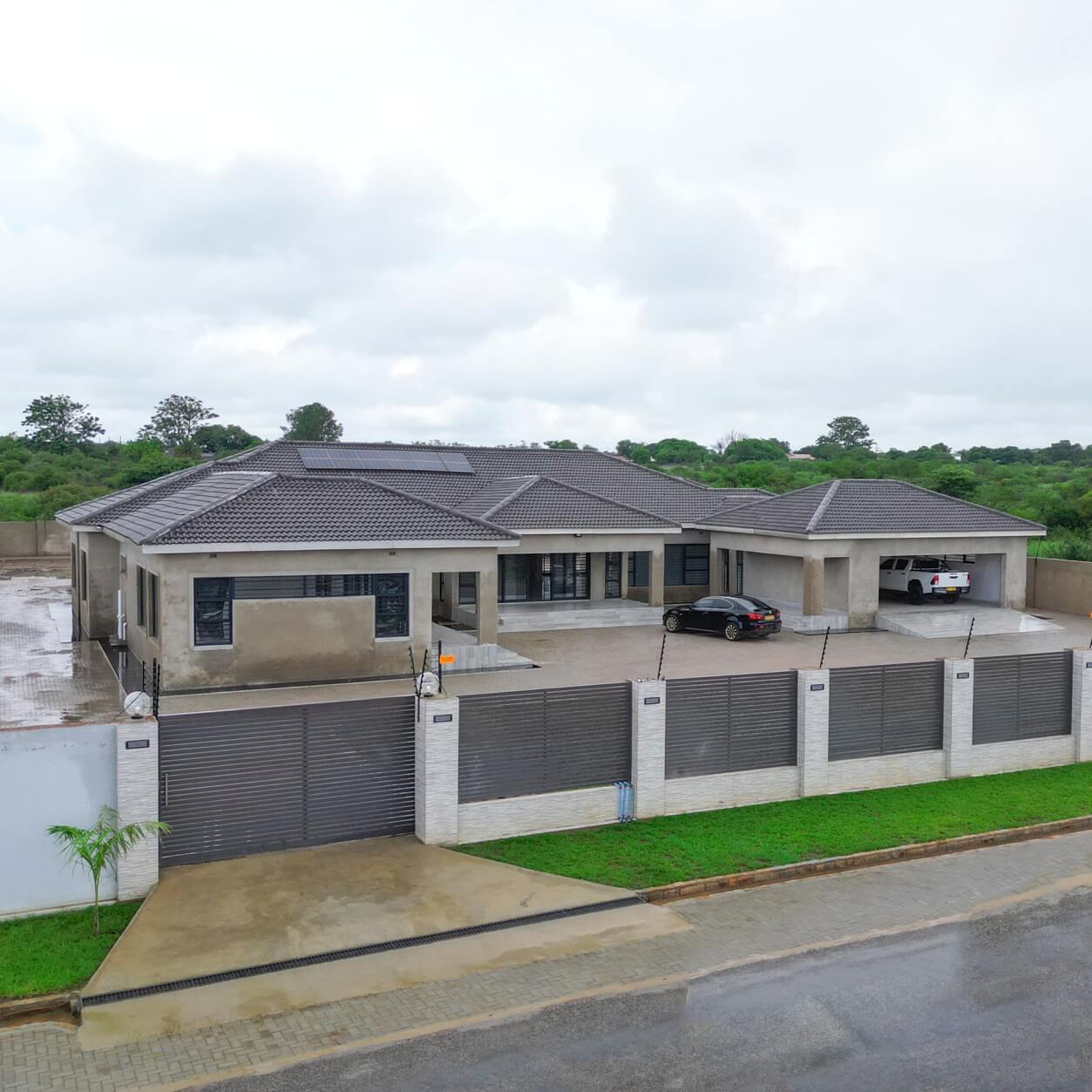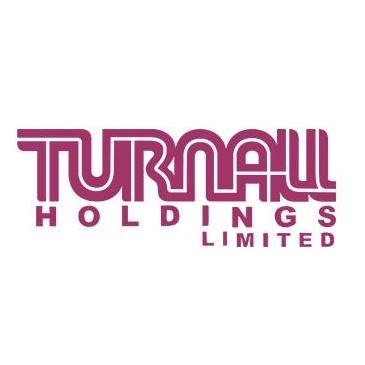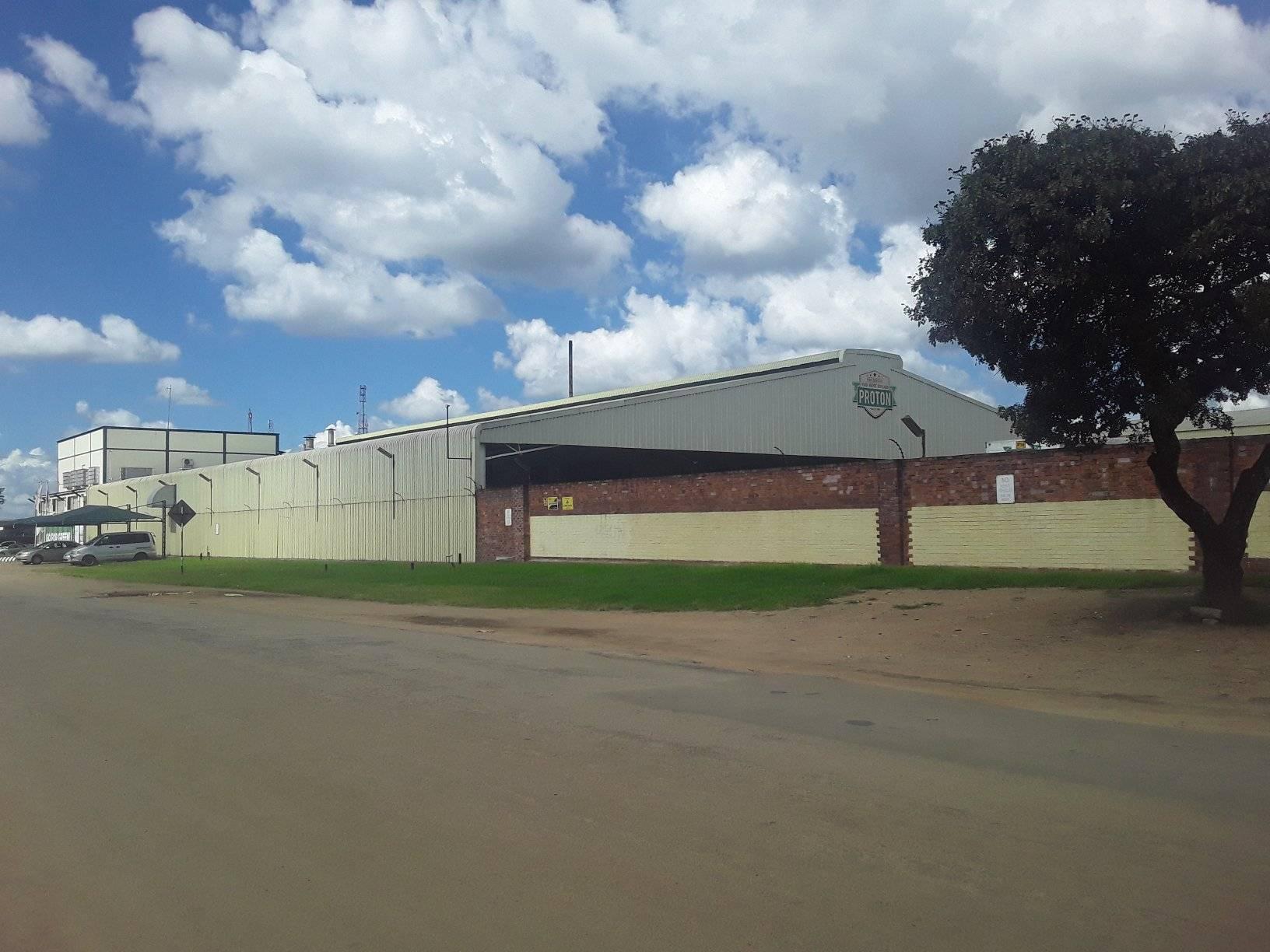As part of Plascon Kansai’s global centenary celebrations, Plascon Zimbabwe (previously Astra Paints) unveiled their 3600 Partnership Pledge for professionals. The new product was launched at the luxurious Cresta Lodge in Harare, where Plascon Zimbabwe gave their second ever Trend Talk. Their first Trend Talk was held in 2014. Mr. Ebenezer Gumbo, the Plascon’s General Manager opened the ceremony, indicating that the talk on industry trends was worthwhile and profitable for both private buyers and industry professionals. The aim of the Trend Talk was to share insights in colour forecasting with designers, architects, and contractors for the benefit of the construction industry at large.
Mr Gumbo also gave a brief overview of Plascon Zimbabwe’s history – Kansai Plascon South Africa acquired Astra Paints in July 2013, strengthening the position of Astra Paints in Zimbabwe. Kansai Plascon South Africa is a subsidiary of the Kansai Paint, a Japanese concern that owns up to 51 global paint operations and is the world’s leading paint supplier. This year, Kansai is celebrating its centenary year and, as such, has arranged special events across the world and the Trend Talk hosted by Plascon Zimbabwe was a part of this initiative. Over the years, Plascon Zimbabwe has engaged with the community by offering various competitions.
Their Go Plascon, Go, Astra, Go Places promotion allowed them to send several customers to different holiday destinations. Plascon has also belted out new product lines including Plascon Inspired Tinting System, INTERIOR DESIGN 43 Affordable Two Colour Range and TradePro, a superior quality acrylic emulsion paint. Plascon Zimbabwe has been involved in many key construction projects, including the Gweru Megawatt Shopping Centre, the renovation of the African Regional Intellectual Property Organization (ARIPO) headquarters (this building was featured in Structure and Design’s second issue) as well as Hartmann House’s new Early Childhood Development (ECD) centre and the Joina City complex.
The event’s guest of honour, Claire Bond, has been involved in the paint industry for the past 30 years and has worked on projects in both South Africa and other African nations. Her repertoire includes two hotels in Mombasa, Kenya. She was involved in the Plascon Spaces Showroom from 2005 – 2009, a period which saw Kansai Plascon South Africa receiving awards for their design work as well as their exceptional customer services. Ms. Bond recently studied toward a diploma in Colour Therapeutics at the Irish School of Colour in Devon and her keynote speech lent some insights on this subject. Global communities increasingly share ideas and beliefs but who really gets to decide which trends are here to stay? Claire Bond explained, in her speech, that skilled forecasters look at all sorts of events that affect everyday life.
Ranging from sports and travel to theatre and fashion. Analysts then track consumer behaviour (any acceptance or rejection of a movement) to forecast whether a style will be a short-lived fad or a macro trend that is taken up by more people for a longer space of time. Key insights are then shared with industry professionals. Ms. Bond emphasised the role of factors such as culture and climate in shaping trends, highlighting that African tastes can be different to European ones and vice versa. In the past, European styles had a greater influence on Africa but it seems that nowadays, the West is looking to Africa more and more for inspiration in handmade crafts.
In a fast-paced world where one is constantly bogged down by noise pollution and digital stimuli, a color like grey which has no energy is soothing and therefore the current colour of choice as it revitalises the brain. This is why one of the colours forecasted to trend for the next 10 to 15 years is the 50 Shades of Grey & Charcoal Range. The “grey” trend first appeared in the 1950s during the post World War II period when many people sought calming environments to distract them from the recent devastation of the war. This minimalistic style is making a comeback, however, fresh colours can be used to accentuate the grey and break the monotony. Ms. Bond also stressed that it is important to remember that some greys in Plascon’s 50 Shades range have undertones of other colours and this tends to make a room cooler or warmer depending on the colour used. In the words of the veteran designer, Ilse Crawford, a design should be about both interrogation and empathy, asking what each aspect of a living space is for and how to use it to make life easier for the people who use it.
The same applies to paint, as the colour of a built environment or living area can enhance the positive feeling of an area or have quite the opposite effectAt the Plascon Trend Talk, Claire Bond shared a lot about Colour Therapeutics and its applications, explaining that our brains decode different wavelengths of light along the electromagnetic spectrum in different ways and that each colour has negatives and positives. Whilst red is a bold colour, it also increases the heart rate and would be absolutely wrong to use in a hospital ward for instance but colour turquoise, on the other hand, has been known to calm cancer patients. It is also known that exposure natural light helps people with their sleep cycles.
Such knowledge allows professionals to utilise colour to improve the health and livelihood of people who use the painted buildings for commercial or residential use. Because colour can have such a profound effect on people’s health and moods, she reminded listeners that paint “is not just about resources but about kindness too.” However, the main product revealed at the event was Plascon’s new 360° Partnership Pledge. The Partnership Pledge includes efficient support services that allow contractors and consultants to get the best out of Plascon’s services, allowing the client to concentrate on their business.
Plascon Zimbabwe’s technical manager, Fungai Patikai explained that the 360° Partnership Pledge also involves productguarantees of up to 15 years as Plascon believes in their product. Each paint product is designed for a specific project build – residential, commercial, mining, industrial or coastal. Every building is assessed individually, based on the environment of the building and the scope of the building’s purpose which is dictated by each client’s individual requirements. The specifications produced allow Plascon’s technicians to produce tailor-made paints for each job. Colour consultants also weigh in on the colour themes according to the client’s branding and objectives.
Each tailor-made paint product comes with recommended film thickness and number of top coats that are specific to each project. In order to secure their 15 year guarantee, Plascon is creating a database of preferred applicators as we speak. Part of Plascon’s 360° Partnership Pledge is guaranteeing both their paint projects and the workmanship of applicators. To qualify, each painter/applicator must have worked on at least three supervised projects. Interested applicators are encouraged to contact Plascon for further assistance. Mr. Gumbo assured the members of the audience that the database would be made available to contractors. Part of the initial assessment for paint projects will involve sampling a reference area as a benchmark for the project. Environmental variables taken include moisture, content, surface preparation, and temperature. This reference assessment allows Plascon to troubleshoot effectively.
Plascon also undertakes to conduct site visits as part of their joint supervision programme. These site visits will be used to assess paint progress and comprehensive progress reports will be compiled for the client’s benefit. Final site inspections with all the contractors and consultants involved take place before the building is signed off and the guarantee is given.
The paint products on guarantee system include:
- Double Velvet, interior paint (15-year guarantee)
- Cashmere, stain resistant interior paint (15-year guarantee)
- Velvaglo, interior and exterior satin sheen finish (12-year guarantee)
- Kitchen and & bathroom, humid interiors (year guarantee)
- Micatex, exterior matt finish (12-year guarantee)
- Nuroof Cool, exterior low sheen finish (12-year guarantee)
- Wall & All, exterior low sheen finish (12- year guarantee)
The product guarantee for consumers can be registered on the Plascon websites. When the buyer registers a purchase of a paint product with the correct primer and top coats, they are eligible to claim up to $2000 on their guarantee. For the entire 360° partnership pledge, however, it is necessary to work with Plascon technicians to obtain the reference point and engage applicators on Plascon’s database. Although Plascon has upgraded their paint products to keep in line with global trends, their Essential Colours List has stood the test of time. In keeping with being health friendly, Plascon is also moving to make more of their products water based as many people react badly to the solvent-based paints. Brochures will be made available for architects in addition to a library of specifications and technical data. All in all, the event was a success and Plascon’s 360° Partnership Pledge is set to take the construction industry by storm.
At the Plascon Trend Talk, Claire Bond shared a lot about Colour Therapeutics and its applications, explaining that our brains decode different wavelengths of light along the electromagnetic spectrum in different ways and that each colour has negatives and positives. Whilst red is a bold colour, it also increases the heart rate and would be absolutely wrong to use in a hospital ward for instance but colour turquoise, on the other hand, has been known to calm cancer patients. It is also known that exposure natural light helps people with their sleep cycles. Such knowledge allows professionals to utilise colour to improve the health and livelihood of people who use the painted buildings for commercial or residential use.








